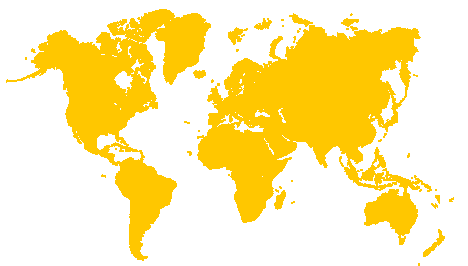The Recast ATEX Directive

Ten Things You Should Know
29 November 2016
As of April of this year, a new ATEX Directive, 2014/34/EU, is in effect, replacing 94/9/EC. This comes as part of the European Commission's recent overhaul of eight new approach directives under the New Legislative Framework, which sought to: improve market surveillance and powers for withdrawal; boost quality with clearer rules for the accreditation of notified bodies (NBs); clarify the meaning of CE marking, while enhancing its credibility; and provide a common legal framework for product-related legislation.
Now that the new Directive has replaced the old, what does it mean for companies working to comply with ATEX? Here are 10 things you should know about the new directive:
- The substance of the annexes is unchanged. Some have been re-titled and reworded, but the obligations they describe remain the same, as do the fundamental tasks needed to demonstrate compliance.
- The new Directive allows for continuity of compliance. Products placed on the EU market before April 20 do not need to be reassessed of have their documentation reissued under the revision.
- Some terminology used throughout the Directive has changed. Specifically, references to "EC" in both the title designation and text have been altered to "EU."
- An attestation of conformity is required for components. Conformity assessment procedures for components have changed slightly with the new version. While the manufacturer or an agent previously had to issue a certificate explaining the characteristics of a component and how it was to be incorporated, the new directive requires an attestation of conformity. While the description and titles of the documentation have changed, the fundamental content and data will not.
- Paperwork must be in a language "easily understood" by local authorities. This change is especially relevant to manufacturers outside the EU who are compiling documentation. The local language of the target market(s) would be most easily understood, but a member state language, such as English, could also suffice. As the legislation takes hold, local authorities may specify which languages they will accept.
- Notified bodies will exchange data freely. The new Directive specifies the need for NBs to share data and experience and for the Commission to facilitate cooperation between the NBs. This allows NBs to identify common issues to consider during evaluations and to share information about emerging technology.
- Clearly defined responsibilities for economic operators. While the older version of the Directive referred to the "manufacturer or authorized representative," the new version puts specific obligations on manufacturers, authorized representatives, importers and distributors.
- Competency and obligations of notified bodies are specified. In addition to specifying the required role, basic processes and competency of an NB, the new Directive also states that the expertise of an NB can be challenged by other member states and that NBs are legally responsible for the work their subsidiaries or contractors do. NBs cannot offer consultancy services and their assessment must be proportional to the size an undertaking, the sector where it operates, its structure , degree of complexity of the technology in question and the mass or serial nature of the production process. In theory, this allows start-up businesses to compete with more established firms, while allowing simpler products to avoid punitive compliance regimes.
- Procedures for non-compliant products are outlined. If you're unfortunate enough to have a product that requires corrective action, you can expect the following:
- Member state will evaluate products they suspect may pose a risk and report findings to other member states if they feel there is a cross-border risk.
- Surveillance authorities will identify if the product has failed to comply or if the standard used has shortcomings given the state of the art.
- Market surveillance authorities will contact the NB to inform them of the situation.
- Economic operators are expected to cooperate fully with all appropriate authorities and take corrective actions to bring the product into compliance.
- Member states can essentially take any measure they feel is justified to resolve a product risk; the need to inform the Commission what their actions are and barring complaints from the Commission or another member state, their actions will be considered justified.
- The Commission will share data on product risks with other member states to enable them to take appropriate action.
- Penalties for noncompliance are specified. Penalties for noncompliance are to be "effective, proportionate and dissuasive." Member states set their own penalties, meaning there is no one set expectations for putting non-compliant products on the market. Penalties may range from a fine to a trading license to a custodial sentence.
Given the changes and implications for violating them, it's very important for manufacturers to understand the recast ATEX Directive and to find trusted sources to work with them as a notified body, authorized representative and for importing and distribution. To learn more about these changes, download a free copy of our white paper on the subject.
Kevin Wolf has been involved in hazardous location certifications since 1995. A notified body signature for ATEX and Certified Body signature for IECEx, he is also a reviewer in most protection methods and a member of USNC Management committee for IECEx.
Tags: 2016 | Hazardous Locations | Kevin Wolf

Kevin Wolf,
Assistant Chief Engineer


